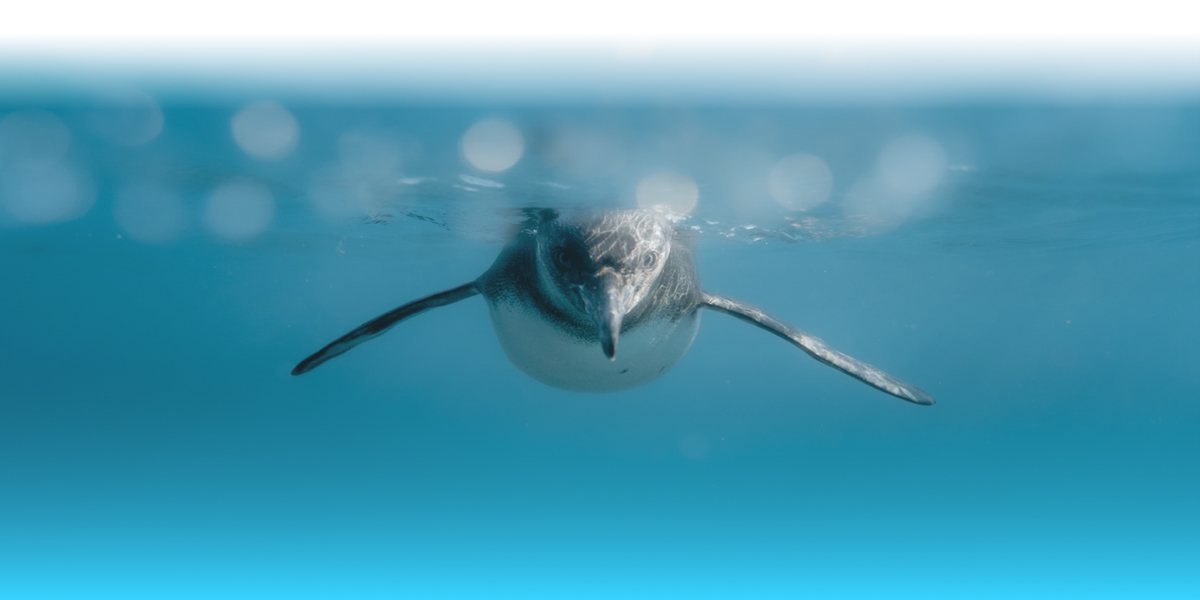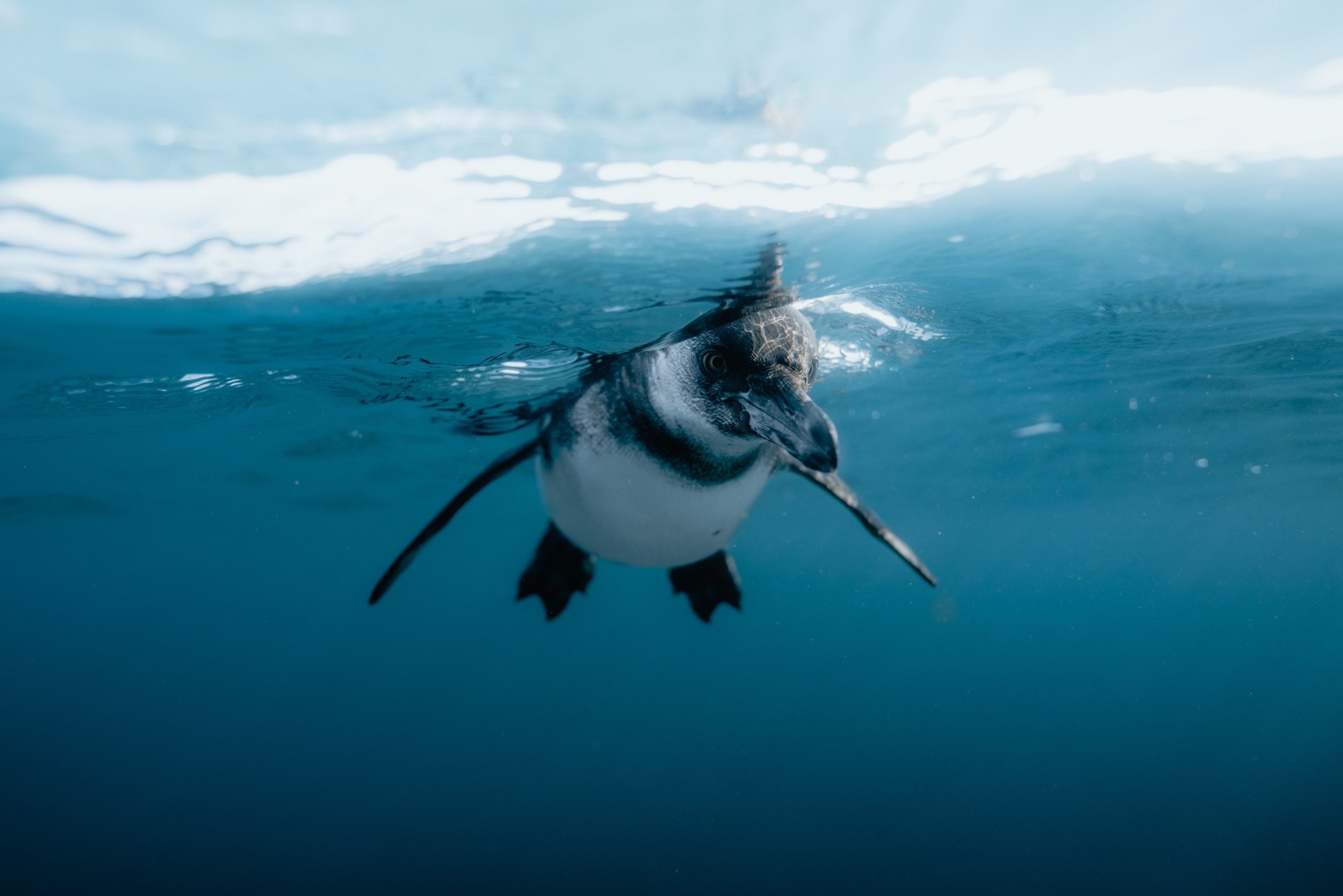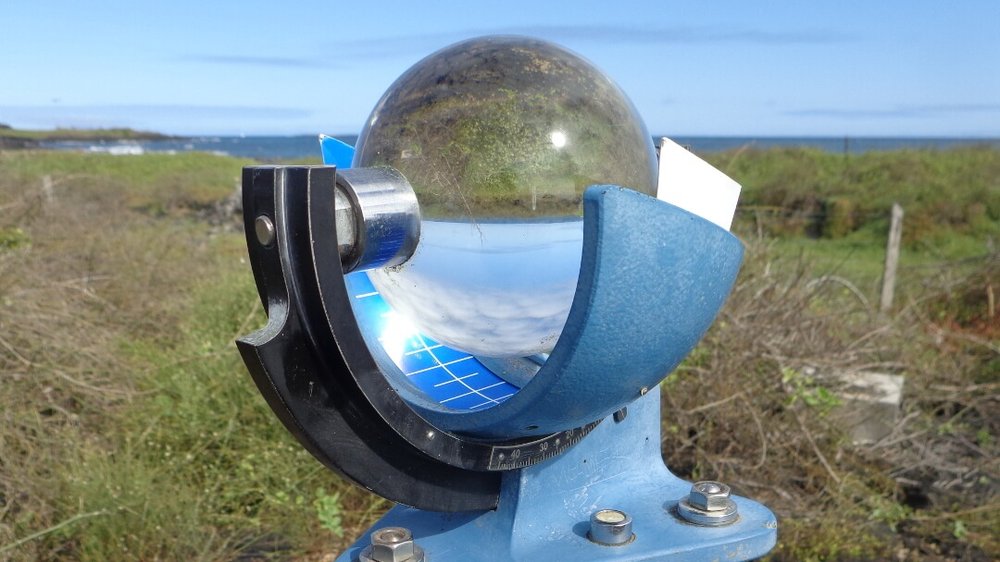
The Meteorological Weather Station operated by the Charles Darwin Research Station (CDRS) in Santa Cruz Island received its most recent maintenance check in October 2015. This important upkeep was carried out with the support of the Weather and Hydrology National Institute of Ecuador and with the collaboration of CDF staff member Solanda Rea, a CDF staff member with 33 years’ experience, including many years’ responsibility for the Weather Station.
The CDRS began operations in the 1960s, and the Weather and Hydrology National Institute installed several Weather Stations in different parts of the Galapagos archipelago in 1965. Different people and institutions managed these stations at the time, but the only one that still exists is the one operated by CDF at our facilities at the Charles Darwin Research Station. The station is a second order installation (able to take complete and regular, but not continous observations), and has been maintained for fifty years because of the importance of its data for many different projects implemented by the CDRS in collaboration with the Galapagos National Park Directorate.
Second order Stations work with a pluviometer (for measuring the amount of rain), a cyclometer (a thermometer of maximum, minimum, one dry and one humid) and a heliograph (measures the amount of sun in the day). These instruments have been generating data that was collected by scientists from the Station until the 1980s. Since then, as Solanda stated when she was recalling the history of the Station, “Mr. Marcos Robalino a former CDRS staff member who was the last one collecting data before I took over”.
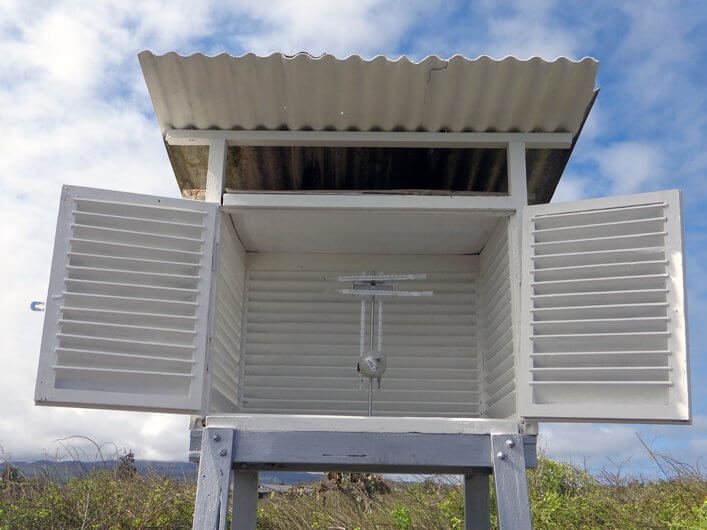
In July 1987, the Weather and Hydrology National Institute established a Weather Station on Bellavista district in the highlands of Santa Cruz Island, but the land owned was sold some years later, and the Weather Station had to be relocated.
Solanda said she inquired at various institutions to ask for help moving the Weather Station elsewhere and she succeeded in enlisting the support of the Weather and Hydrology National Institute and the Central University of Ecuador for the relocation.
In 1994, Solanda undertook the responsibility for the CDRS Weather Station operations, and has been collecting data and taking care of its operations since then. An interesting anecdote is that two years after Solanda took charge of the Weather Station; she and Mr. Roger Tinoco recovered the parts that belonged to the remaining, abandoned Weather Stations, that were found in people’s homes as decoration or souvenirs.
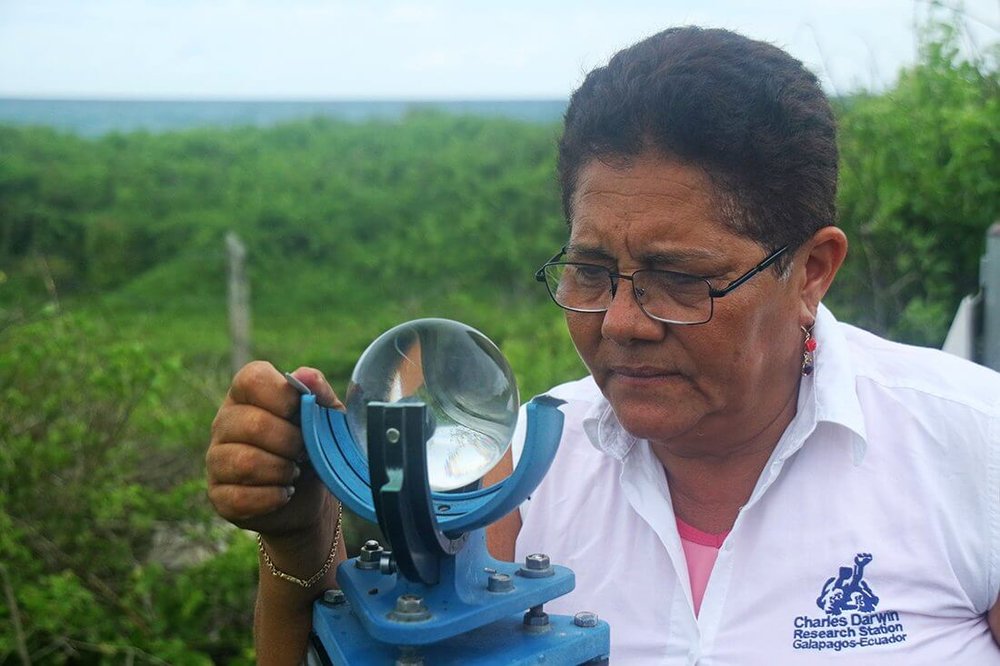
The operations of the Weather Station at CDRS have been possible thanks to our volunteer program. We have worked with national and international volunteer observers that have recorded data continually. Since 2002, the Ecuadorian Air Force joined the team, helping not only with collecting data but also creating awareness among Air Force (FAE) members about our research projects and work of science in Galapagos, such as the repatriation of land Iguanas to Baltra Island, a project that took place in collaboration with the Galápagos National Park Directorate.
Our staff member Solanda Rea has given her time and energy to the CDRS Weather Station and with the support of the Ecuadorian Air Force in the last few years she has been the person gathering the information for the climatological database. Currently, over 40 years of data is used for science research.
Solanda stated, “The data is worth gold because of the enormous benefit that it provides to scientists from around the world. They can have access to climate data records since 1965”. Currently, Solanda visits the Weather Station twice a day, 5am in the morning and 6pm in the afternoon, and thanks to her commitment and the current support of the Ecuadorian Airforce (FAE), the collection of weather information continues in Galapagos.
All data since 1965 (Puerto Ayora: sealevel station) and 1987 (Bellavista: highlands station) is available online through our DataZone application.


